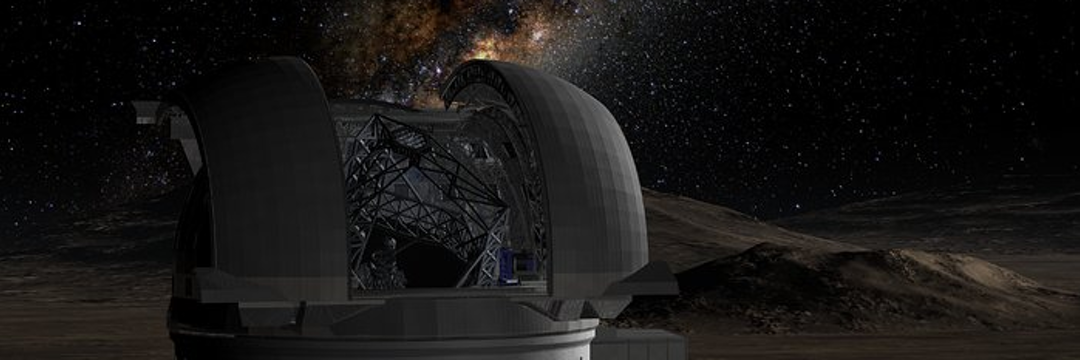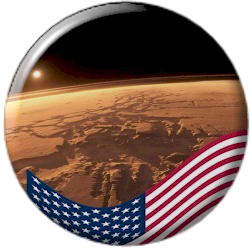
doi.org/10.1038/s41550-025-02533-7
Credibility: 989
#Vesta
New research shows that Vesta, one of the largest objects in the asteroid belt, may not be quite what we thought
Instead of being a “quasi-planet” with well-defined inner layers, such as a crust, mantle, and core, Vesta appears to have a more uniform structure.
This surprising discovery suggests that it may be a fragment of an ancient planet that never fully formed.
What is Vesta, anyway”
For a long time, scientists believed that Vesta was more than just an asteroid.
Old data suggested that it had inner layers, like a planet in the making.
This made Vesta an important object for understanding how planets, including Earth, formed in the early solar system.
But a new study, led by NASA’s Jet Propulsion Laboratory (JPL) and with participation from Michigan State University, published in the journal Nature Astronomy, has changed that view.
The researchers found that Vesta has no clear core, challenging the idea that it was a “protoplanet” – a celestial body that almost became a planet.
“It was very surprising to find that Vesta doesn’t have a core,” said Seth Jacobson, a professor at Michigan State University and a co-author of the study.
“It completely rethinks what Vesta is.”
Two possible explanations
Scientists have proposed two hypotheses to explain what Vesta might be:
– Incomplete differentiation: Vesta may have started to melt and form inner layers, such as a core, mantle and crust, but the process stopped along the way.
– Fragment of a planet: Vesta may be a piece of a forming planet that was destroyed in a massive collision in the past.
The second idea, suggested by Jacobson years ago at a conference, seemed unlikely at the time.
But with new analyses of data from NASA’s Dawn mission, it has gained traction.
“What was once a wild suggestion is now a hypothesis that we take seriously,” Jacobson said.
Why is Vesta different”
Most asteroids are made of an ancient material called chondrite, which looks like cosmic gravel.
But Vesta is special: Its surface is covered in volcanic basalt rocks, indicating that it underwent a melting process called planetary differentiation, in which heavier materials, such as metals, sink to form a core.
Between 2011 and 2012, NASA’s Dawn spacecraft, launched in 2007, studied Vesta up close.
It orbited the asteroid, taking detailed photos and measuring its gravitational field.
This data helped create an accurate map of Vesta’s surface.
Over time, scientists have improved their techniques for analyzing this data, which has led to new discoveries about Vesta’s internal structure.
What did the data reveal”
To understand Vesta’s structure, scientists measured something called the moment of inertia, which indicates how an object spins in space.
It’s like watching a figure skater on ice: When she pulls her arms in, she spins faster; when she extends them, she spins slower.
In celestial bodies, a dense core causes an object to spin differently than one without a core.
The measurements showed that Vesta doesn’t spin as if it had a core, which surprised researchers.
“After years of refining our techniques, we were able to align the Dawn data in an amazing way,” said Ryan Park, a scientist at JPL.
“We found that Vesta’s history is much more complex, with unique processes, such as collisions and interrupted differentiation.”
Evidence and challenges
There are pros and cons to both hypotheses.
The idea of “”incomplete differentiation is possible, but it doesn’t quite explain the Vestan meteorites found on Earth, which suggest a more advanced melting process.
“We are confident that these meteorites came from Vesta, but they do not show clear signs of incomplete differentiation,” Jacobson explained.
The other hypothesis, that Vesta is a fragment of a planet, suggests that giant collisions during the formation of the terrestrial planets (like Earth and Mars) threw chunks of material into space.
These chunks, like Vesta, would not have cores, but could have molten rock, like that seen on their surfaces.
Could Vesta be a piece of a planet”
Jacobson and his team, including graduate student Emily Elizondo, are exploring the idea that some asteroids in the belt are the remains of forming planets.
This theory still needs more studies and modeling to confirm.
Scientists can also analyze Vesta’s meteorites in new ways and use data from the Dawn mission to investigate further.
Rewriting the history of the planets
This discovery changes how we see Vesta.
“The Vesta meteorites are no longer just pieces of a body that failed to become a planet,” Jacobson said.
“They could be fragments of an ancient planet, before it fully grew.
We just don’t know which planet yet.”
This research is just the beginning.
Vesta could help us better understand how planets formed and even what Earth was like in its early days.
It’s a new piece in the puzzle of the history of the solar system!
Published in 05/01/2025 13h00
Text adapted by AI (Grok) and translated via Google API in the English version. Images from public image libraries or credits in the caption. Information about DOI, author and institution can be found in the body of the article.
Reference article:
Original study:
| Geoprocessing Drone Systems HPC |

| ERP and CRM Systems Mobile Systems AI |


